The 6 Most Emblematic Animals of Spain
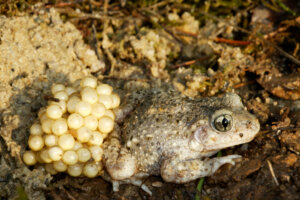

Reviewed and approved by the biologist Samuel Sanchez
Although the fauna of Spain isn’t usually too well known worldwide, there are some species that stand out for their unique characteristics, such as their size or agility. Join us as we look at the 6 most emblematic animals of Spain.
These living beings have become accustomed to the Mediterranean ecosystem, but this is changing due to global warming and anthropic actions. Here are 6 emblematic animals in Spain that, unfortunately, are also in danger.
1. Iberian lynx
This species of mammal ( Lynx pardinus ) is well known in the Iberian Peninsula, being one of the most threatened feline species in the world. Within the isolated territories that it prefers, we have the Montes de Toledo and Andalusia. It’s believed that there are no more than 15 in the former and 300 in the latter.
Alicante and Murcia are other regions where this animal can rarely be seen.
It’s a medium-sized animal that weighs no more than 20 kilograms. It prefers to live alone and strongly defends its territory. Its enormous agility defines them as experts in hunting rabbits and they’re currently listed as an endangered species, according to the International Union for Conservation of Nature ( IUCN ).
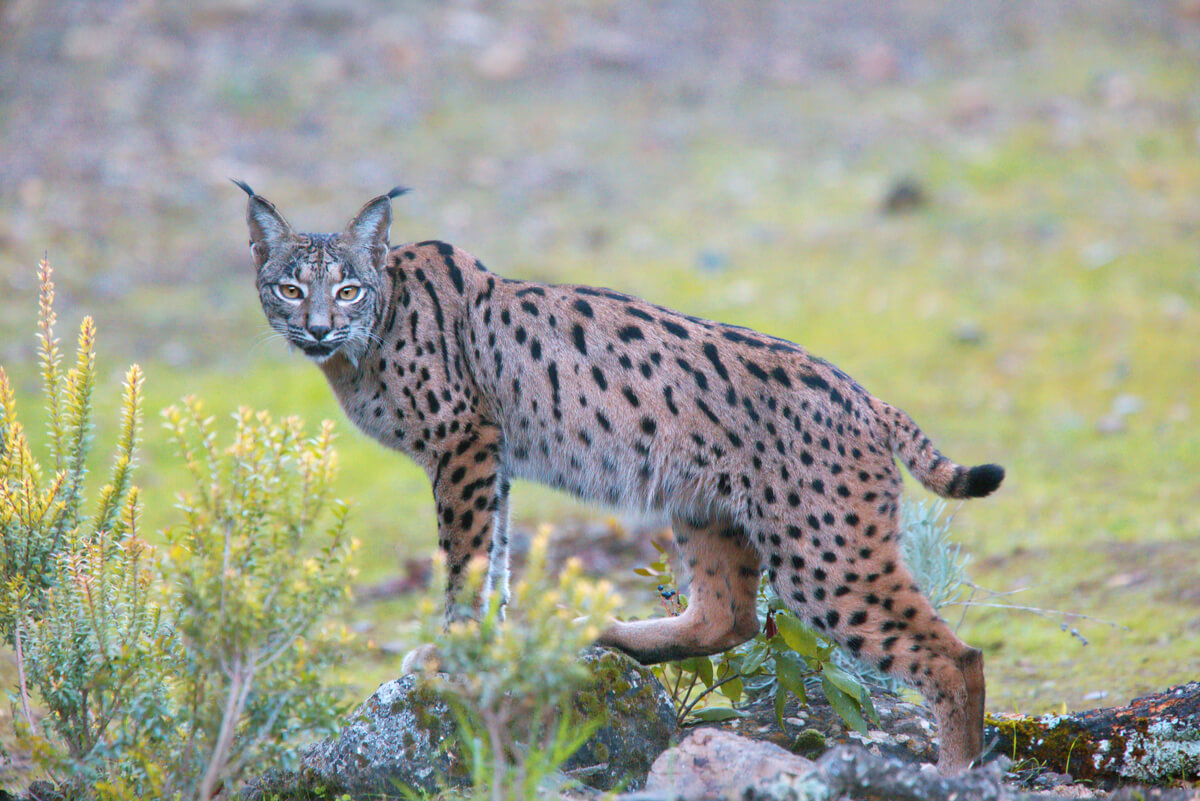
2. European mink
One of the most emblematic animals in Spain —and one of the most threatened— is the European mink (Mustela lutreola ), a small mammal belonging to the mustelidae family. This elusive and beautiful animal has a dark brown appearance, a muzzle with white tones, and a dark nose.
Its favorite territory is one with waters with slow currents and dense vegetation. In Spain, there are very few of it left in the areas of La Rioja, the Basque Country, the Northeast of Castilla y León and the west of Aragon. Its current conservation status is critical, due to the parvovirus transmitted by the American mink, which has strongly affected it.

3. Brown bear
The brown bear ( Ursus arctos ) is the most popular bear species in Spain. However, its population is decreasing in the Cantabrian Mountains and the Pyrenees, due to some violent poaching incidents that have even endangered the lives of some humans.
Plans for the reintroduction of the brown bear have been implemented in some Spanish areas, however, the number of individuals isn’t stable.
This bear is characterized by measuring almost 3 meters (10 feet) in length and weighing more than 300 kilograms (660 lbs). There’s quite evident sexual dimorphism, and the females don’t exceed 150 kilos (330 lbs). They’re omnivorous and solitary animals, as the male isn’t usually seen with the female and her young after mating.
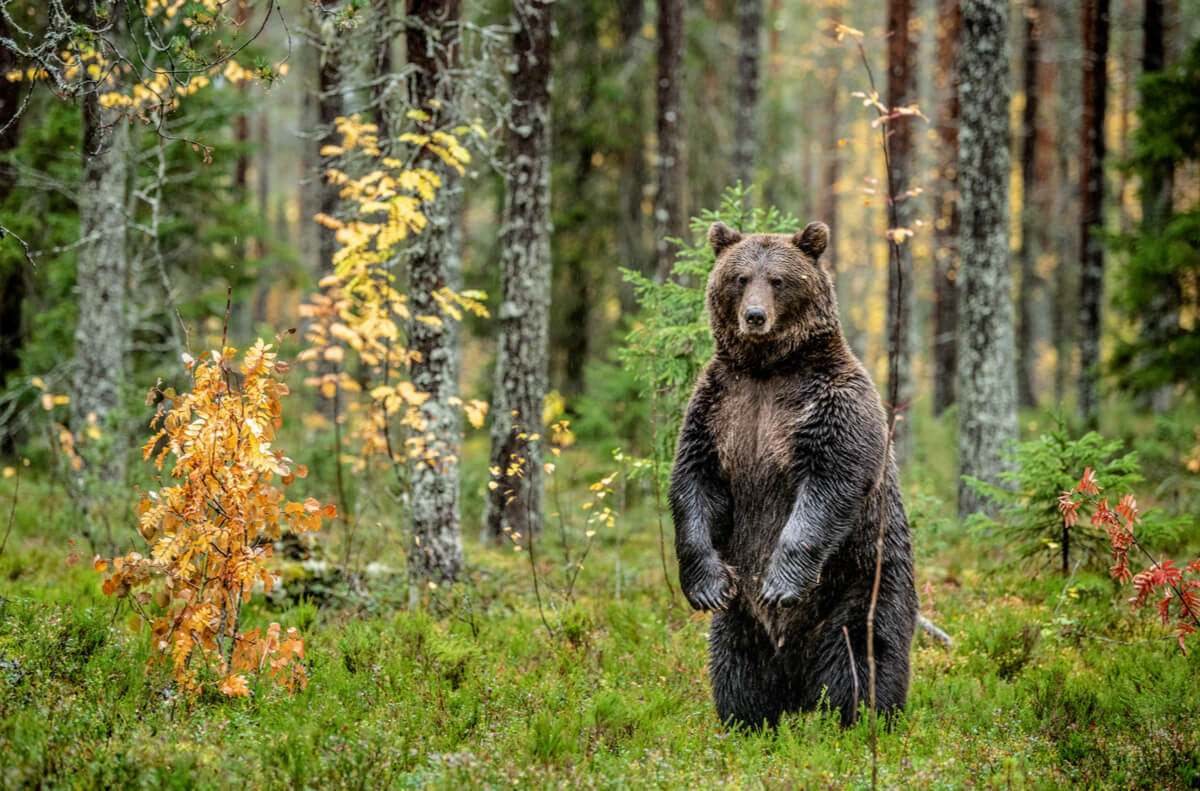
4. Iberian midwife toad
Another of the most emblematic animals in Spain is the Iberian midwife toad ( Alytes cisternasii ), a near-threatened amphibian found in central and southwestern Spain. Physically, its color is brownish and its back is covered with orange warts. It has nocturnal habits and feeds mainly on ants.
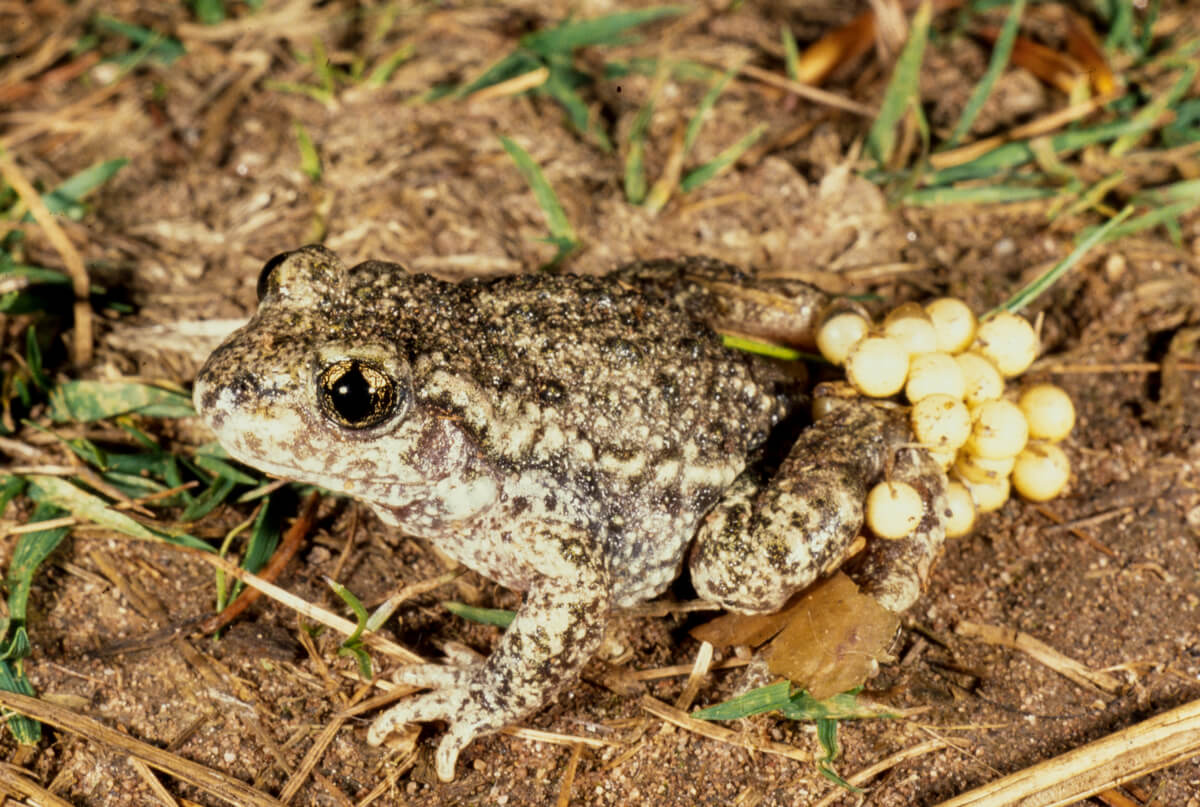
5. Sturgeon
The sturgeon ( Acipenser sturio ) is one of the most curious and largest fish in Spain. The females are usually larger than the males, as they can measure 2.5 meters (8.2 feet) and reach about 85 kilograms (190 lbs). They live in coastal areas, generally in the estuaries of rivers, such as the Tagus or the Guadalquivir.
The diet of this huge fish is very varied and, curiously, when the adult specimens are in the breeding season, they stop eating. This species is critically endangered according to the IUCN, so its future isn’t very promising.
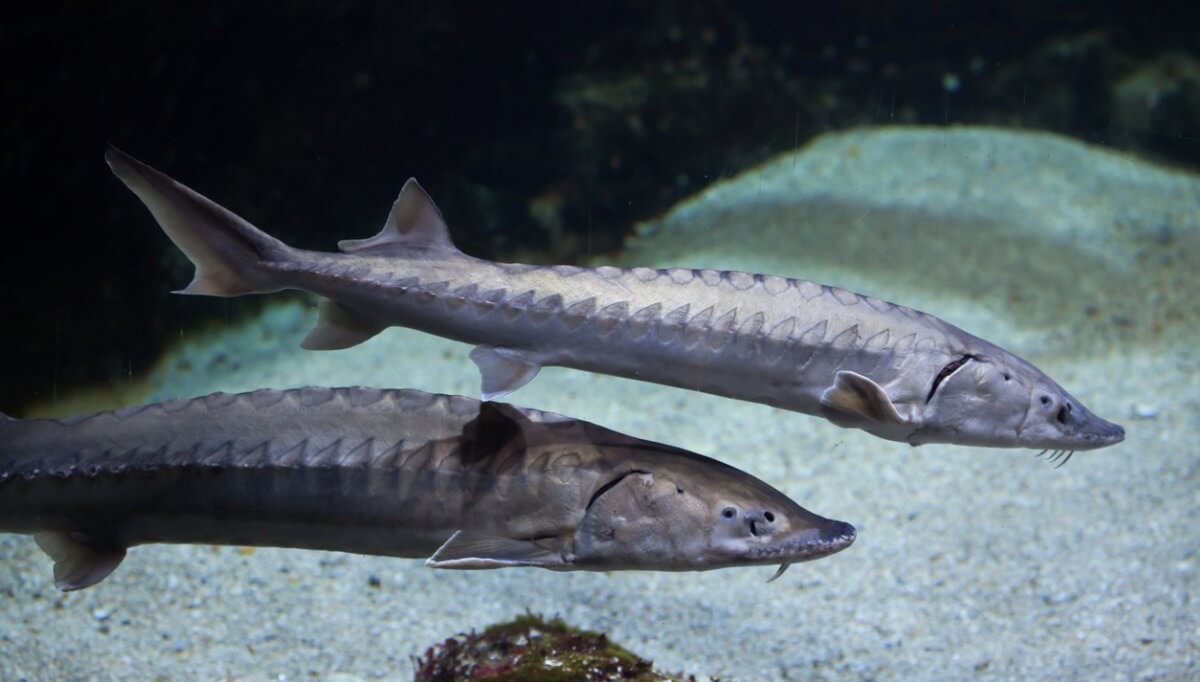
6. Iberian Imperial Eagle
The Iberian imperial eagle ( Aquila adalberti ) is one of the largest and most threatened birds of the Iberian Peninsula. Physically, this animal has dark brown plumage and some white feathers in the area of the coracoid bones, the scapula and the clavicle.
It feeds on rabbits and can hunt in pairs or alone. In 2013, 47 pairs of the species were registered, a number that is decreasing more and more due to the invasion of their habitat, poisoning, and poaching. Due to this, some autonomous communities have implemented conservation plans for the species.

The multiple efforts of environmentalists and local governments have managed to reduce the danger of extinction. However, the most emblematic animals of Spain continue to be threatened by man, due to pollution, overpopulation, and illegal hunting.
Although the fauna of Spain isn’t usually too well known worldwide, there are some species that stand out for their unique characteristics, such as their size or agility. Join us as we look at the 6 most emblematic animals of Spain.
These living beings have become accustomed to the Mediterranean ecosystem, but this is changing due to global warming and anthropic actions. Here are 6 emblematic animals in Spain that, unfortunately, are also in danger.
1. Iberian lynx
This species of mammal ( Lynx pardinus ) is well known in the Iberian Peninsula, being one of the most threatened feline species in the world. Within the isolated territories that it prefers, we have the Montes de Toledo and Andalusia. It’s believed that there are no more than 15 in the former and 300 in the latter.
Alicante and Murcia are other regions where this animal can rarely be seen.
It’s a medium-sized animal that weighs no more than 20 kilograms. It prefers to live alone and strongly defends its territory. Its enormous agility defines them as experts in hunting rabbits and they’re currently listed as an endangered species, according to the International Union for Conservation of Nature ( IUCN ).

2. European mink
One of the most emblematic animals in Spain —and one of the most threatened— is the European mink (Mustela lutreola ), a small mammal belonging to the mustelidae family. This elusive and beautiful animal has a dark brown appearance, a muzzle with white tones, and a dark nose.
Its favorite territory is one with waters with slow currents and dense vegetation. In Spain, there are very few of it left in the areas of La Rioja, the Basque Country, the Northeast of Castilla y León and the west of Aragon. Its current conservation status is critical, due to the parvovirus transmitted by the American mink, which has strongly affected it.

3. Brown bear
The brown bear ( Ursus arctos ) is the most popular bear species in Spain. However, its population is decreasing in the Cantabrian Mountains and the Pyrenees, due to some violent poaching incidents that have even endangered the lives of some humans.
Plans for the reintroduction of the brown bear have been implemented in some Spanish areas, however, the number of individuals isn’t stable.
This bear is characterized by measuring almost 3 meters (10 feet) in length and weighing more than 300 kilograms (660 lbs). There’s quite evident sexual dimorphism, and the females don’t exceed 150 kilos (330 lbs). They’re omnivorous and solitary animals, as the male isn’t usually seen with the female and her young after mating.

4. Iberian midwife toad
Another of the most emblematic animals in Spain is the Iberian midwife toad ( Alytes cisternasii ), a near-threatened amphibian found in central and southwestern Spain. Physically, its color is brownish and its back is covered with orange warts. It has nocturnal habits and feeds mainly on ants.

5. Sturgeon
The sturgeon ( Acipenser sturio ) is one of the most curious and largest fish in Spain. The females are usually larger than the males, as they can measure 2.5 meters (8.2 feet) and reach about 85 kilograms (190 lbs). They live in coastal areas, generally in the estuaries of rivers, such as the Tagus or the Guadalquivir.
The diet of this huge fish is very varied and, curiously, when the adult specimens are in the breeding season, they stop eating. This species is critically endangered according to the IUCN, so its future isn’t very promising.

6. Iberian Imperial Eagle
The Iberian imperial eagle ( Aquila adalberti ) is one of the largest and most threatened birds of the Iberian Peninsula. Physically, this animal has dark brown plumage and some white feathers in the area of the coracoid bones, the scapula and the clavicle.
It feeds on rabbits and can hunt in pairs or alone. In 2013, 47 pairs of the species were registered, a number that is decreasing more and more due to the invasion of their habitat, poisoning, and poaching. Due to this, some autonomous communities have implemented conservation plans for the species.

The multiple efforts of environmentalists and local governments have managed to reduce the danger of extinction. However, the most emblematic animals of Spain continue to be threatened by man, due to pollution, overpopulation, and illegal hunting.
All cited sources were thoroughly reviewed by our team to ensure their quality, reliability, currency, and validity. The bibliography of this article was considered reliable and of academic or scientific accuracy.
- Bosch, J., Martı́nez-Solano, I., & Garcı́a-Parı́s, M. (2001). Evidence of a chytrid fungus infection involved in the decline of the common midwife toad (Alytes obstetricans) in protected areas of central Spain. Biological conservation, 97(3), 331-337.
- Alba, V. (2007). Apuntes históricos sobre el lince ibérico en Andalucía. Galemys, 19(2), 33-52.
- Ceña, A., Ceña, J. C., & Lobo, L. (2003). Sustitución del visón europeo (Mustela lutreola) por el visón americano (Mustela vison) en el municipio de Vitoria-Gasteiz. Galemys, 15, 131-143.
This text is provided for informational purposes only and does not replace consultation with a professional. If in doubt, consult your specialist.








